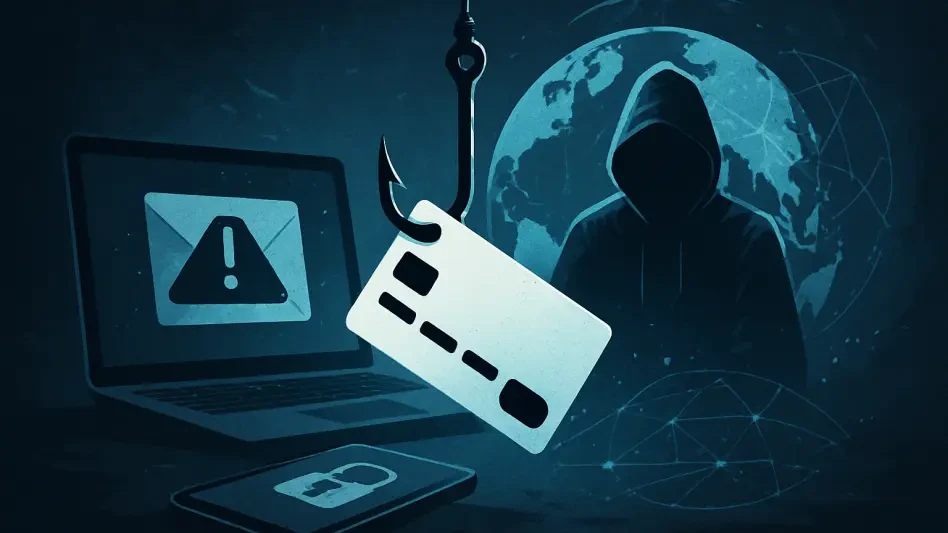In an era where digital security is paramount, a startling revelation has emerged from the cybersecurity realm, shaking the confidence of internet users worldwide as they confront the fragility of their online protections. Recent research by leading experts has uncovered that some of the most frequently used passwords globally are so weak that hackers can crack them in less than a second. This alarming statistic serves as a wake-up call for anyone relying on simplistic combinations like ‘123456’ or ‘password’ to safeguard their online accounts. Cybersecurity firms have analyzed billions of leaked credentials, identifying patterns that make these passwords a hacker’s dream. The implications of such vulnerabilities are vast, affecting everything from personal data to corporate security. As cyber threats continue to evolve with sophisticated tools, understanding the risks of weak passwords and taking proactive steps to enhance digital protection have never been more critical. This discussion delves into the specifics of these findings, the dangers they pose, and actionable solutions to stay secure.
1. The Alarming Reality of Weak Passwords
Recent data from a prominent cybersecurity analysis has revealed a troubling trend: over 15 billion passwords leaked this year alone show that combinations like ‘123456’, ‘qwerty’, and ‘password’ dominate the list of most commonly used credentials. These passwords, often chosen for their simplicity and ease of recall, are the first targets for hackers using modern cracking tools. Experts from a leading security firm have demonstrated that such predictable choices can be guessed almost instantly, leaving accounts exposed to unauthorized access. The persistence of these weak passwords, despite years of warnings, highlights a significant gap in public awareness about digital security. Many users underestimate the speed and efficiency of automated hacking software, which can test millions of combinations in mere moments. This vulnerability is not just a personal risk but a widespread issue that impacts organizations and industries globally, as breaches often start with a single compromised account.
Beyond the sheer volume of weak passwords, the methods hackers employ to exploit them have become increasingly sophisticated. Security researchers note that attackers rely on extensive wordlists compiled from past data leaks, ensuring that even slightly modified versions like ‘Password1!’ are quickly broken. This tactic renders small tweaks ineffective against determined cybercriminals. A report from a major data breach investigation this year found that credential abuse accounts for roughly 22% of all security incidents, fueling everything from ransomware to identity theft. The ease with which these passwords are cracked—78% of the most common ones in under a second—amplifies the urgency for change. Statistics also show that relying solely on such passwords increases the likelihood of being hacked by approximately 80%. This stark reality underscores the need for a fundamental shift in how online security is approached, moving away from outdated habits toward more robust defenses.
2. The Consequences of Poor Password Practices
The ramifications of using easily guessable passwords extend far beyond individual inconvenience, often leading to devastating financial and personal losses. When hackers gain access to accounts through weak credentials, they can steal sensitive information, drain bank accounts, or even lock users out via ransomware demands. Cybersecurity studies indicate that these breaches frequently serve as entry points for larger attacks on businesses, where stolen data is sold on the dark web or used for further exploitation. The emotional toll on victims is equally significant, as trust in digital platforms erodes after such invasions of privacy. For instance, scammers exploiting compromised accounts can impersonate trusted entities, tricking users into revealing more information or funds. This cycle of abuse, driven by poor password choices, affects millions annually, emphasizing that digital security is not just a technical issue but a deeply human one with widespread impact.
Moreover, the broader societal and economic effects of these security lapses are profound, as entire industries grapple with the fallout from data breaches. Companies face hefty fines, legal challenges, and reputational damage when customer information is exposed due to weak passwords within their systems. A single breach can cost millions in recovery efforts, not to mention the loss of consumer confidence that may take years to rebuild. On a global scale, the reliance on inadequate passwords contributes to a thriving underground economy of cybercrime, where stolen credentials are a valuable currency. Experts stress that the risk is compounded when users recycle passwords across multiple platforms, meaning one breach can unlock access to numerous accounts. Addressing this issue requires not only individual vigilance but also systemic changes in how organizations educate and protect their users from these preventable threats, ensuring a safer digital landscape for everyone.
3. Practical Steps to Strengthen Digital Defenses
To combat the pervasive threat of password cracking, cybersecurity specialists have outlined actionable strategies that can significantly bolster online safety. The first step is to abandon weak passwords entirely, avoiding anything resembling the commonly used combinations identified in recent studies. Instead, users should opt for long, random passphrases of 16 or more characters, which are far more resistant to brute-force attacks. Tools like password managers are highly recommended, as they generate and store unique credentials for each site, eliminating the need to memorize complex strings. Additionally, enabling multi-factor authentication (MFA) adds a critical layer of security, with research showing it blocks up to 99.9% of account takeover attempts. These measures, though simple, can transform a vulnerable account into a fortified one, drastically reducing the risk of unauthorized access.
Looking back, the urgency to adopt these protective measures was evident in the countless breaches that plagued users who clung to outdated password habits. Another innovative approach that gained traction was the adoption of passkeys, a modern alternative that replaces traditional passwords with phishing-resistant logins. Cybersecurity experts also reflected on how small changes, such as using authenticator apps or hardware keys for MFA, made a substantial difference in safeguarding accounts. As digital threats evolved, the push for education on secure practices became a cornerstone of prevention efforts. Moving forward, the focus remains on empowering users with knowledge and tools to stay ahead of hackers. By integrating long passphrases, password managers, and advanced authentication methods into daily routines, individuals and organizations can build a resilient defense against cyber threats, ensuring that past vulnerabilities do not dictate future security.








